This article was co-authored by wikiHow staff writer, Ali Garbacz. Our trained team of editors and researchers validate articles for accuracy and comprehensiveness.
wikiHow’s Content Management Team carefully monitors the work from our editorial staff to ensure that each article meets our high quality standards.
There are 8 references cited in this article, which can be found at the bottom of the page.
Learn more...
Being a fermented food, kimchi is a food you expect to stay delicious and nutritious for years on end. But even well-preserved foods won’t stay good forever, and it’s important that you know just how long you can keep your jar of kimchi around before it starts to go bad. Keep reading to learn about the average shelf life of kimchi, how to know if it’s still safe to eat, and storage tips to make this deliciously tangy side dish last just a little longer.
Things You Should Know
- Homemade kimchi must be kept refrigerated and will last for up to 1 month.
- Store-bought kimchi that remains unopened can be kept at room temperature for 1-3 months.
- If you have store-bought kimchi that’s been opened, it will be good for 3-4 days at room temperature and up to 6 months when refrigerated.
- Signs of your kimchi going bad include mold growth, an alcoholic smell, and an extremely sour taste.
Steps
Kimchi Shelf Life
-
1Homemade kimchi must be refrigerated and will last up to 1 month. When you make kimchi from scratch, you’re probably not going to add any preservatives or pasteurize it for sterilization, which are both things that will increase the kimchi’s shelf life and make it last longer. Store it in the refrigerator in an air-tight container for up to 1 month.[1]
-
2Unopened, store-bought kimchi will last 1-3 months at room temperature. Thanks to the preservatives that are often used in store-bought kimchi, you’ll have this ingredient around for a bit longer than if you made it yourself. When storing kimchi at room temperature, it should be kept in a cool, dry place away from sunlight to make it last longer.[4]
- The “best by” date will tell you when your kimchi will be the best to eat. Since kimchi is a fermented, non perishable food item, it will usually still be good to eat even after the “best by” date has passed.[5]
Advertisement -
3Opened, store-bought kimchi lasts 3-4 days at room temperature and up to 6 months in the refrigerator. As soon as you break the seal and expose your kimchi to oxygen, the fermentation process starts to speed up, meaning that your kimchi will near its expiration date a lot faster. One way to preserve it for much longer is to store it in the refrigerator, where it can last up to 6 months.[6]
- Set your refrigerator temperature at or below 40ºF (4ºC) to prevent or slow the growth of harmful pathogens like E. coli and Salmonella.[7]
-
4Certain ingredients such as seafood, sugar, and salt can affect shelf life. There are many different types of kimchi that use a variety of ingredients. For example, the addition of seafood, such as pollock fish or shrimp, will require you to refrigerate your kimchi. Large amounts of sugar in the kimchi will slow down the fermentation process, while salt speeds it up.[8]
- Seafood used in kimchi is often salted and fermented, so it will usually last up to 3 months in the refrigerator.
- Other ingredients that slow down the fermentation process include garlic, leeks, mustard, vinegar, and pepper flakes.
- Proteins, anchovies, starches (such as glutinous rice flour), and shrimp will speed up the fermentation process.
Signs Kimchi Has Gone Bad
-
1Kimchi will smell more alcoholic when it’s bad. While kimchi naturally has a more pungent and acidic smell, kimchi that’s gone bad is probably going to smell way more strongly of alcohol thanks to all of the fermentation that’s taken place. The smell of spoiled kimchi is described as just being foul, so if it smells way stronger and pungent than it normally does when you eat it, it might be time to throw it out.[9]
-
2Kimchi with mold on it is not safe to eat. Even if it’s refrigerated, mold can still grow on kimchi that’s been kept for too long. Throw out your kimchi immediately if you see any blue, black, white, or green masses starting to form on the kimchi itself or on the jar.[10]
-
3The kimchi will taste a lot more sour if it’s gone bad. Some people enjoy their kimchi on the more acidic and sour side. But kimchi that’s gone bad will turn sour to a point where it becomes inedible.[11]
- Before tasting your kimchi, be sure to look for other signs of spoilage, such as mold or a foul odor. A taste test should really be the last step so you avoid consuming anything that could possibly make you sick.
- Kimchi that has been kept for a long time will also have a rather rubbery and soggy texture as opposed to the crunchiness of freshly made kimchi.
- If you used ingredients such as cabbage or other vegetables to make your kimchi and notice that they’re super limp and feel rubbery to the touch, this probably means your kimchi is on the older side.
Prolonging Shelf Life & Storage
-
1When preparing the kimchi, use sterilized utensils and wash your hands thoroughly. To prevent any cross-contamination or the introduction or harmful bacteria into your kimchi, thoroughly wash your hands and sterilize the utensils you’ll be using before making the kimchi.[12]
- Any harmful bacteria that manages to mix with your kimchi will just speed up the spoiling process.
-
2Store in air-tight glass jars or plastic containers. Use food-safe glass or plastic storage containers that have a tight-fitting lid, no matter whether you’re storing them in the fridge or at room temperature. Don’t use metal containers or earthenware that has cracks or chips. Some good containers include glass mason jars with bands and lids and plastic kimchi containers.[13]
- Wash and sterilize your container before packing your kimchi.
- Limit how often you open the container to minimize how often the kimchi is exposed to oxygen.
-
3Make sure the kimchi is covered in the brine when you store it. Submerging the kimchi in the brine will encourage the formation of lactic acid, a natural preservative. Pack your kimchi into the storage container tightly, using a spoon or spatula to press it down as much as possible. As you pack in the kimchi, more brine and liquid will be released.[14]
- If the brine in the jar still isn’t enough to cover all of your kimchi, add a mixture of salt and water to cover the kimchi. Add ¼ teaspoon (575 mg) of salt for every 1 cup (237 mL) of water.
- As your kimchi ferments, more brine will form. So leave at least 1 inch (2.54 cm) of space below the top of the jar.
-
4Or, store your kimchi in a kimchi refrigerator. Yes, there are refrigerators specially made just to store kimchi. These kimchi refrigerators are different from your typical fridge because they’re built to directly cool the space inside, whereas a normal fridge indirectly chills things by circulating cool air. Kimchi refrigerators will maintain a constant temperature no matter where you store the kimchi inside, thus keeping your kimchi fresh for longer.[15]
- The idea behind kimchi refrigerators comes from the original practice of storing kimchi containers in the ground where the temperature was more regulated.
Warnings
- Keep your refrigerator at or below 40ºF (4ºC) for storing all foods to prevent or slow down the growth of harmful bacteria such as E. coli and Salmonella.[16]⧼thumbs_response⧽
- Eating spoiled kimchi can cause nausea, vomiting, diarrhea, and other symptoms of food poisoning. People with weakened immune systems are especially susceptible to adverse effects.[17]⧼thumbs_response⧽
References
- ↑ https://eatdelights.com/kimchi-expire/
- ↑ https://www.fda.gov/consumers/consumer-updates/are-you-storing-food-safely
- ↑ https://foodsafety.ces.ncsu.edu/wp-content/uploads/2019/01/Kimchi-handout-Colorado-State.pdf?fwd=no
- ↑ https://foodsfate.com/does-kimchi-go-bad/
- ↑ https://www.consumerreports.org/food-safety/how-to-tell-whether-expired-food-is-safe-to-eat-a1083080425/
- ↑ https://foodsfate.com/does-kimchi-go-bad/
- ↑ https://www.fda.gov/consumers/consumer-updates/are-you-storing-food-safely
- ↑ https://kimchi-recipes.com/how-long-does-kimchi-last/
- ↑ https://kimchi-recipes.com/how-long-does-kimchi-last/
- ↑ https://foodsafety.ces.ncsu.edu/wp-content/uploads/2019/01/Kimchi-handout-Colorado-State.pdf?fwd=no
- ↑ https://foodsafety.ces.ncsu.edu/wp-content/uploads/2019/01/Kimchi-handout-Colorado-State.pdf?fwd=no
- ↑ https://foodsafety.ces.ncsu.edu/wp-content/uploads/2019/01/Kimchi-handout-Colorado-State.pdf?fwd=no
- ↑ https://foodsafety.ces.ncsu.edu/wp-content/uploads/2019/01/Kimchi-handout-Colorado-State.pdf?fwd=no
- ↑ https://foodsafety.ces.ncsu.edu/wp-content/uploads/2019/01/Kimchi-handout-Colorado-State.pdf?fwd=no
- ↑ https://www.koreatimes.co.kr/www/news/tech/2013/01/133_99236.html
- ↑ https://www.fda.gov/consumers/consumer-updates/are-you-storing-food-safely
- ↑ https://pubmed.ncbi.nlm.nih.gov/15270509/
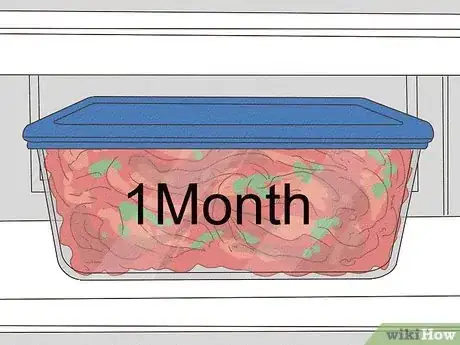
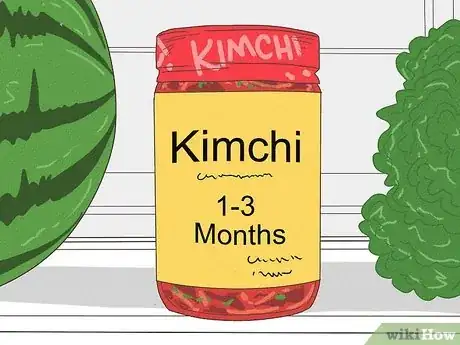
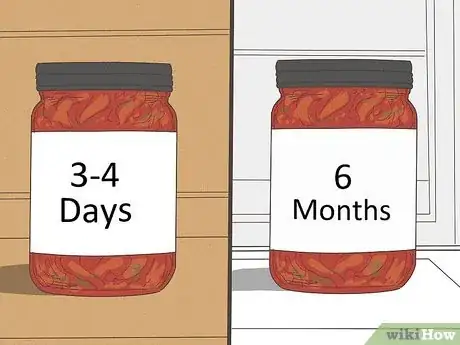
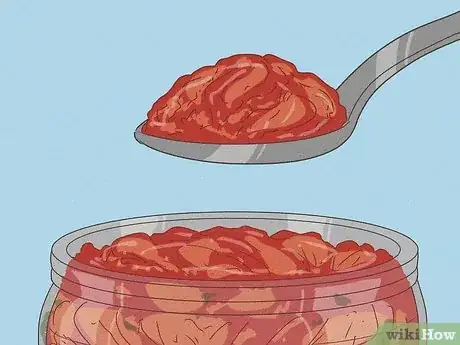
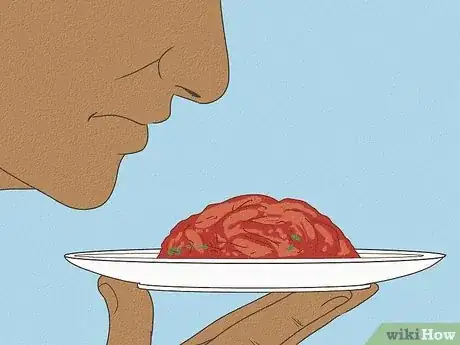
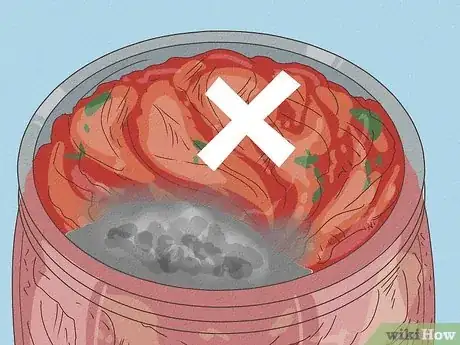
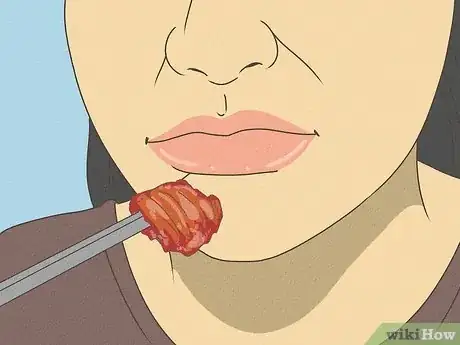
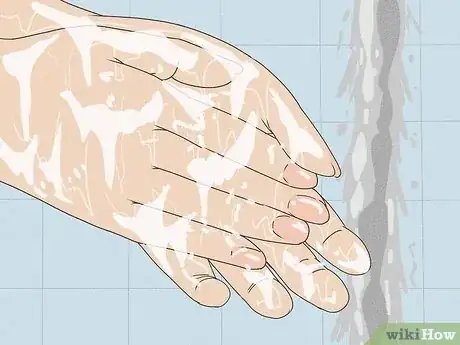
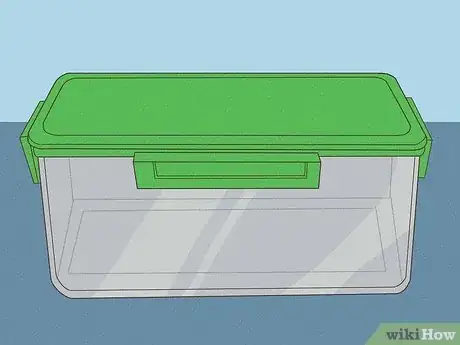
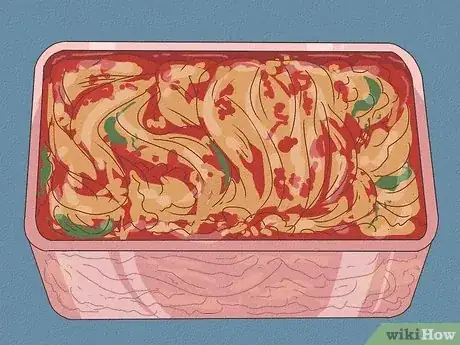
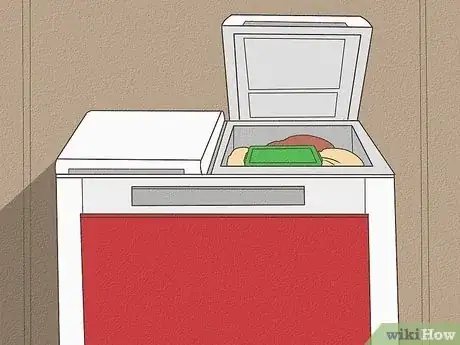
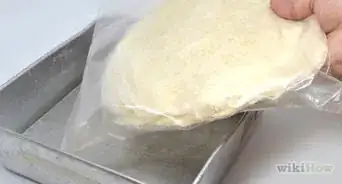


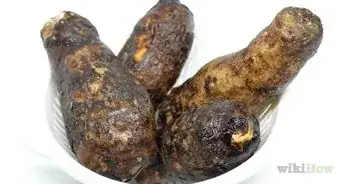
















































wikiHow’s Content Management Team carefully monitors the work from our editorial staff to ensure that each article meets our high quality standards.